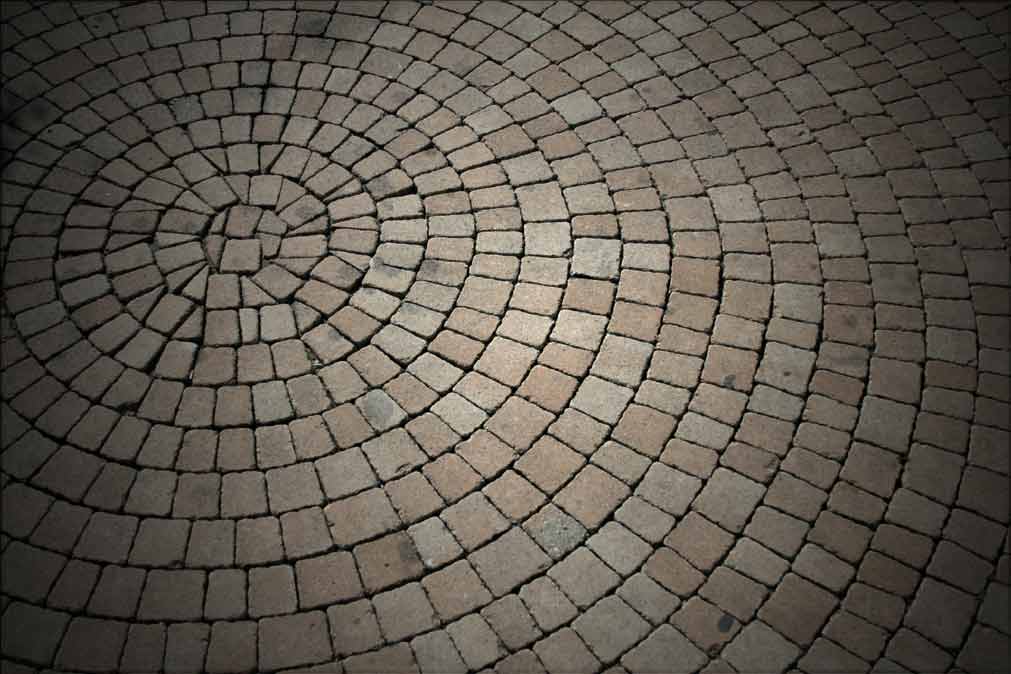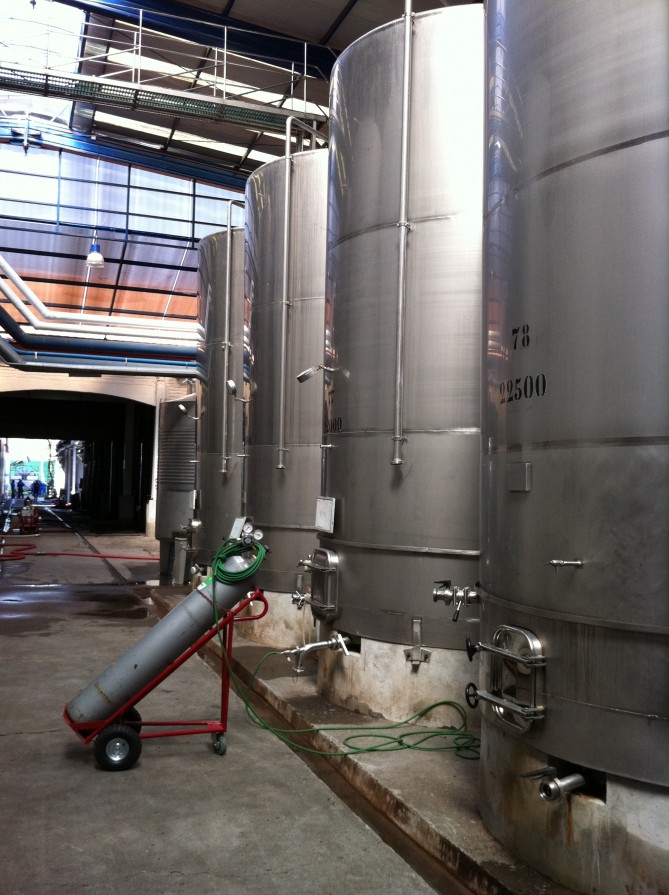5.2.2011
Winery Lab work and speaking a little spanish
Posted in News
by Tammi Ramsey
Good Morning!
By this point in my apprenticeship, I have spent tons of time with the tank team and today I was moved into the “lab” of the Cunaco winery of Lapostolle. This was really an area I was looking forward to, because, I am a small home winemaker and 20 gallons is the largest batch I have ever made at home. I was taken and introduced to 2 young women who I had seen for the last weeks all day taking temperatures of all the tanks, I had been working on. They were really friendly but their English was as strong as my Spanish.
I had figured out what they were doing just by watching but I had no idea of the science that went behind it. While working on the tanks doing pump-overs, we would get an updated list on how long each pump-over need to go on. One time it would be 22 minutes and later in the day the pump-over might need to be 24 minutes. I pieced together that the length of the pump-over must be related to the temperature of the juice inside the tanks. Actually, as the time the grapes are macerating goes on, the temperature is watched to see how quickly the fermentation is happening. It can get really warm in there and the CO2 coming off the skins can be toxic.
Lapostolle is a certified biodynamic winery, they do not add chemicals to the wines or vineyards to help the fermentation process along. So the temperature is the best way to see how far along we are in the process of becoming wine. After we would make the rounds of taking the temps we would head back to the office and enter them into a speadsheet that would calculate where each tank was in the fermentation process.This routine was done every 2 hours. About 50 tanks, 3 minutes each tank, you could not fiddle around. You had a clip board, and some of the huge oak barrels you had to crawl up on top and harness yourself in, so you would not lose balance and fall in. It was at time a very physically demanding task also.
After the rounds were done, we started on the next group of testing we had to do. Each morning many of the new grapes were being picked and we had to test them to ensure quality across the board in all the grapes being used. So while the grapes are being destemmed we would get 1 pound of grapes every hour that they were being received for processing. After we had a pound, we would put them in a ziploc bag and label them and after they were done producing we took all the bags, about 4-6 bags and you go into the lab and starting with the first bag, you picked out the grapes that were puny, raisined, stems, leaves, other things besides the grapes, weigh them, then you weigh the grapes, then you weighed the little stems, the weight of the three together needed to weigh the exact 1 pound. Then all that stuff went back into the sack…this was repeated until all bags were done an information was entered into the computer. After that we started checking sugar (BRIX) Levels. I had never checked sugar at this point, only at the picking on the vine level.
Then it got really interesting for me…they had every piece of equipment needed to check alcohol level’s specific gravity, water levels, potential gas levels…etc…The funny thing was if they wanted to talk about potsium levels or show me how a machine works we had to go to google translator and type it in spanish what they wanted to say and I would have to read it, then type in my questions or response, so we could understand each other. Of course we would laugh, because I would not arrange the questions in forms they understood and their responses to me would come to me in ways that turned the sentences into commands or choppy instructions. We all learned so much and laughed at the confusion. But the amount of work it takes to keep the wines moving into the beautiful finished wines was extreme.
Later in my program, I moved over to the Clos Apalta premier winery of Lapostolle and we were taking tempertures it was even more intense because these oak barrels had grape skins at about 12-15 feet high and the temps had to be taken at 3-4 different levels and the equipment is even more sensitive. It was a minute by minute learning process for me and I now must thank my friends at Scott’s Lab in CA for their help when I make wine. I send them a sample and they are able to run tests and I get a report back with the alcohol levels, the blend of the grape varieties, the chemical components and any gases that might be present in the wine.
Now, I know how, where and why it is done from the ground up, I know two things, I can do any of these tests and second, I need more education in this aspect of large batch winemaking….I will hire this position to be handled by an expert.
I worked with these quality and lab groups for days and it was very apparent that I need to know more. But I am already looking into classes and taking on another internship just focused in the lab of a winery!
Thanks for following my crazy journey tomorrow I will discuss taking a cooking class on my day off…Pilar Rodriguez, greatest Chilean chef of all time!
Much LOVE and wine,
Tammi






